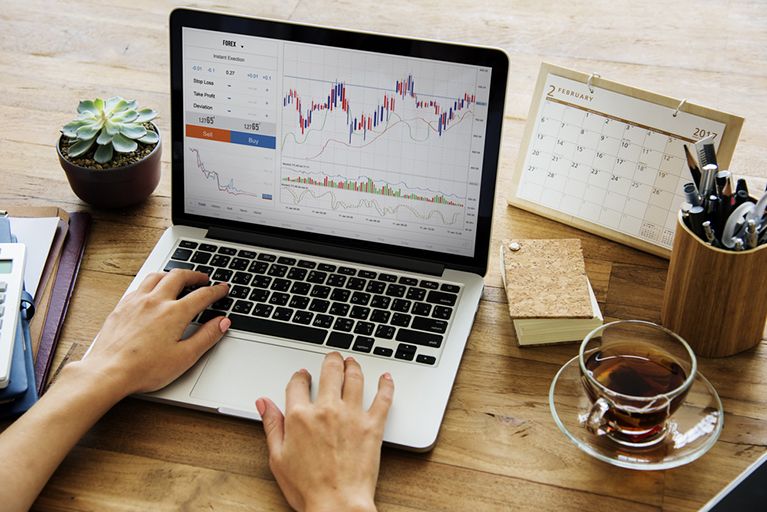Strategies For Trading CFDs
When it comes to trading CFDs, traders may utilize a variety of strategies to get an advantage over the competition. These strategies can help traders discover the best assets to trade while also emphasizing the best entry and exit positions. Because CFDs aren’t often utilized to maintain long-term holdings, traders find technical analysis to be particularly helpful. Many CFD traders buy in shares of public businesses and need to know about the basic health of the industry and firm that they’re dealing with.
Technical Analysis
CFD traders may benefit greatly from the use of technical analysis. You can forecast the future by looking at past asset prices and chart movements. Technical analysts believe that price changes are never random and that a trigger can be seen for every rise or fall in price, no matter how little. This strategy’s statistical analysis tools aid in mapping patterns onto a stock’s price chart so that shifts in trends may be seen more clearly.
Fundamental Analysis
The fact that it does not focus on numerical or statistical patterns but rather on the health and long-term viability of an asset, fundamental analysis is an excellent complement to technical analysis. Investors interested in the stock market or commodities may benefit greatly from fundamental analysts’ work because of their focus on quarterly financial reports and other key data like revenue, debt-to-equity ratios, and more.
CFD Trading Tips
Use Leverage Properly
Leverage and margin trading are alluring because of the potential to increase your profits. While this increases the potential reward, it also increases the risk since price movement in the incorrect direction may result in losses. Use leverage responsibly and only when absolutely necessary.
Stop-Loss and Take-Profit Tools
Stop-losses may assist you to limit your losses in trading CFDs by automatically closing your position when specific criteria are fulfilled, ensuring that the investor’s position does not go further against them. They enable you to fine-tune your risk tolerance and have more control over open positions. Take-profit tools work in the same way as take-profit tools but in the other direction. Set take-profit levels to automatically terminate your trade and realize your profits when you’re making money.
Set Realistic Goals
Setting attainable trading objectives and adhering to a strict trading regimen is critical. Traders should avoid holding onto lost positions in the hope that they may turn around. The trader who is in a good position but refuses to complete the deal because he or she wants more is just as terrible. Realizing your gains and readjusting your plan can help you create a reasonable approach if you’ve already achieved your objective, short-term or long-term.
Utilize Both Technical and Fundamental Analysis
Technical analysis is useless if you don’t know how an asset and its market are doing. For fundamental analysis, it’s the same if you don’t know how price and chart patterns are affecting the trade. If you include both in your trading plan, you may improve your skills as an investor.
Fact Check
Sentiment has a significant impact on the markets. News organizations, financial commentators, and traders all have a vested interest in influencing market sentiment. Focus on the facts and your own knowledge instead of the opinions of others.







